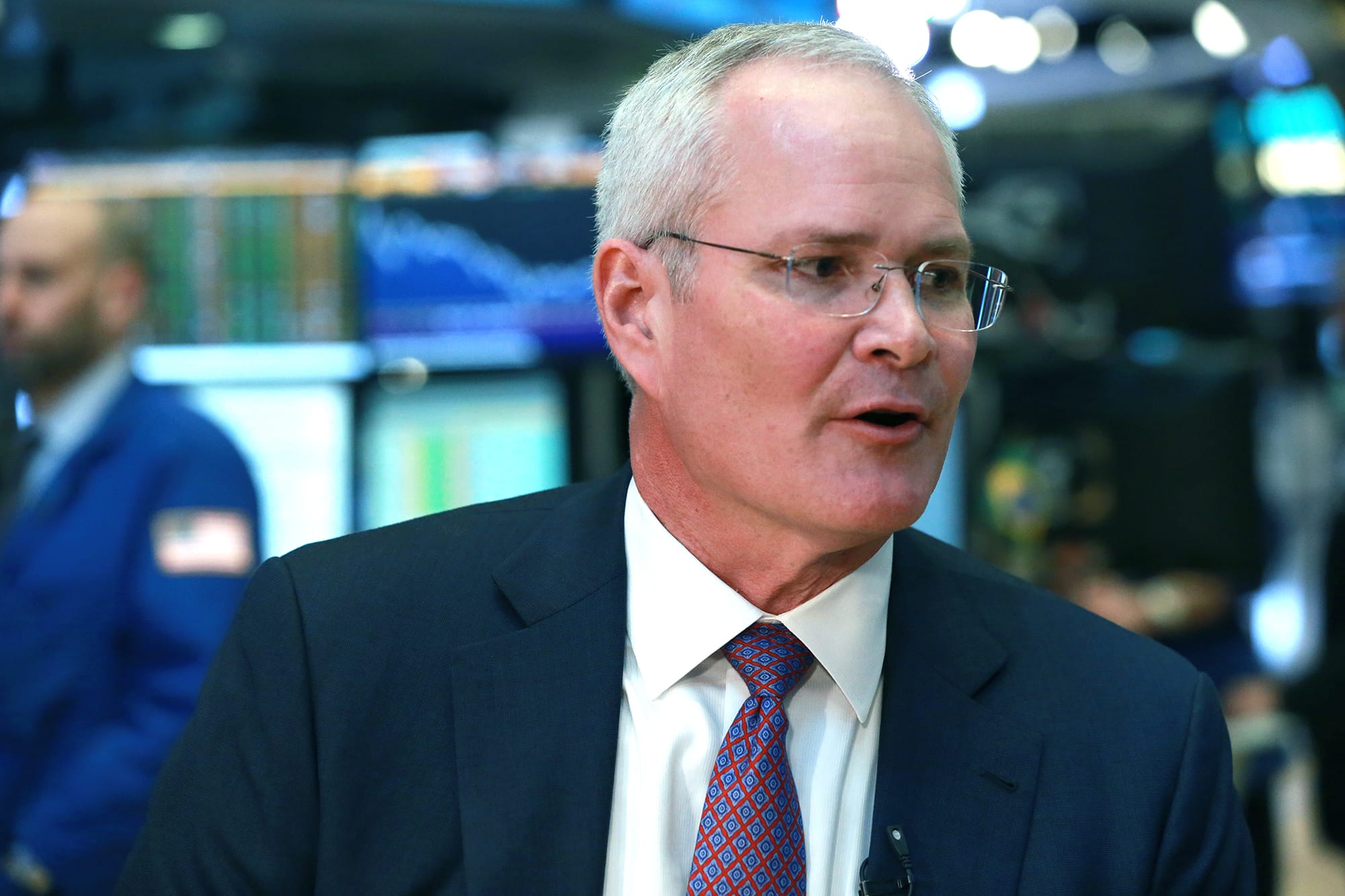Exxon is slashing its 2020 capital spending plan as depressed oil prices hammer the energy sector, but CEO Darren Woods said that the company’s dividend is safe for the time being.
“A lot of our shareholders are retail shareholders — people who depend on that dividend — so we’ve been pretty committed to maintaining that and if necessary in the short-term using the balance sheet to support it,” Woods said Tuesday on CNBC’s “Squawk Box.” “It’s a capital-intensive commodity business so we know we are going to go through cycles, and the way we have prepared ourselves to manage through those cycles is to maintain a strong balance sheet,” he added.
Shares of Exxon rose about 5% during premarket trading on Tuesday, although the stock has shed more than 40% this year.
On Tuesday, the company said that it was reducing capital spending for 2020 by 30 % — from $33 billion to around $23 billion — and cutting operating expenses by about 15%. The largest share of the reduction will be in the Permian Basin, where it’s easier to adjust short-cycle investments, Woods said.
U.S. West Texas Intermediate crude has slid 56% this year as the coronavirus outbreak has sapped demand. At the beginning of the year, a barrel of WTI fetched more than $60. Today, it trades around $26.44, hammering the highly-leveraged energy sector as producers struggle to break even with lower prices.
“The fact that we’ve lost 23% of demand here in a very short order, that’s a huge transition for the industry to make. … Capacity has to come offline and there will be economics that drive that, that force the producers to shut-in,” Woods said. “The market will address the shut in, and drive levels down, frankly, because there’s no demand for the product and so eventually you have to stop making it.”
Further hammering oil is a price war that broke out between Saudi Arabia and Russia in early March after the last round of OPEC+ talks ended without a deal on production cuts. After the prior cuts expired on April 1, Saudi Arabia was among the nations that ramped up its production, despite the fall-off in demand. The group is set to meet on Thursday to discuss possible production cuts, and there have been calls for nations outside of OPEC+, including the U.S., to participate.
Woods said that the company doesn’t factor the decision-making of OPEC into how it operates its business.
“We’ve always focused very much on the fundamentals and trying to understand what the demand in the world would be over time, and making sure that as a producer the supply that we bring into the market is low-cost and therefore can effectively compete with other low-cost producers like Saudi Arabia and Russia,” he said.
Looking forward, Woods is confident that there will be a recovery, but said the company is prepared to scale back even further if necessary.
“We have additional options to further reduce spending if necessary. I think with the uncertainty we want to keep those options available to us, and as we move through the next month or so we’ll keep a very close eye on the market and continue to adjust if we feel the need to.”
In the short-term, Woods said the dividend is a high-priority, but that “it will be a function of how long this plays out.” “If we haven’t seen a recovery next year, you know it will be a different environment that we’re in,” he said.
Subscribe to CNBC PRO for exclusive insights and analysis, and live business day programming from around the world.
